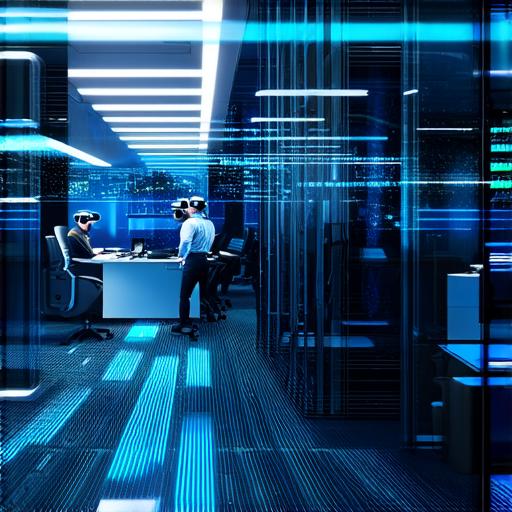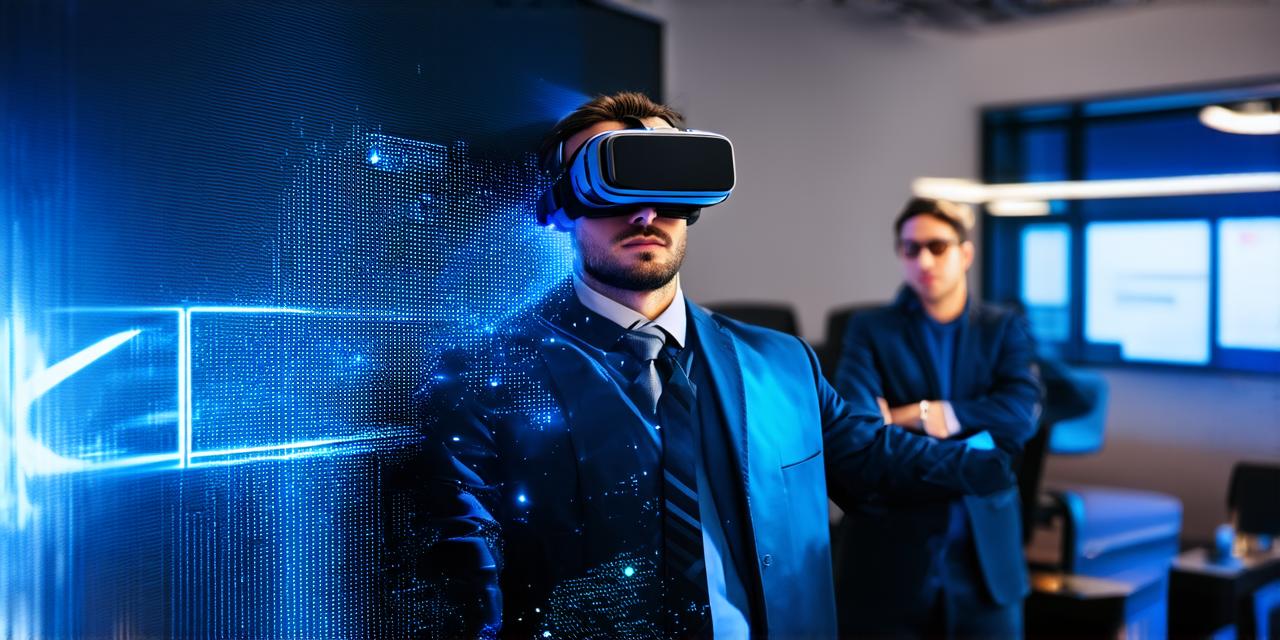Introduction: Virtual Reality (VR) technology has gained significant attention in recent years, both in personal and business settings. VR enables individuals to experience a simulated environment that mimics real-world scenarios.
In business settings, VR has proven to be an effective tool for training employees, visualizing complex processes, and improving customer experiences. This article will explore how virtual reality is applied in business settings.
Training Employees:
Virtual Reality provides businesses with an immersive and interactive way to train their employees. With VR, employees can experience different scenarios without leaving the safety of their workplace.

For example, a construction company can use VR to simulate dangerous scenarios such as falling from a scaffold or working near heavy machinery. This allows employees to practice their skills in a safe and controlled environment, reducing the risk of injury and improving overall safety on the job site.
Visualizing Complex Processes:
VR technology enables businesses to visualize complex processes that are difficult to explain through traditional methods. For example, an engineering firm can use VR to simulate how a product will be assembled or disassembled.
This helps the team identify potential problems and make adjustments before production begins. Additionally, VR can be used in the manufacturing industry to train employees on complex machinery, helping them work more efficiently and safely.
Improving Customer Experiences:
Virtual Reality is also being used by businesses to improve customer experiences. For example, a home furnishings retailer can use VR to allow customers to visualize how furniture will look in their home before making a purchase decision.
This helps customers make more informed decisions and improves overall satisfaction with the product. Additionally, hotels and resorts are using VR technology to provide virtual tours of their properties, giving potential customers an immersive experience that they may not be able to achieve through traditional means.
